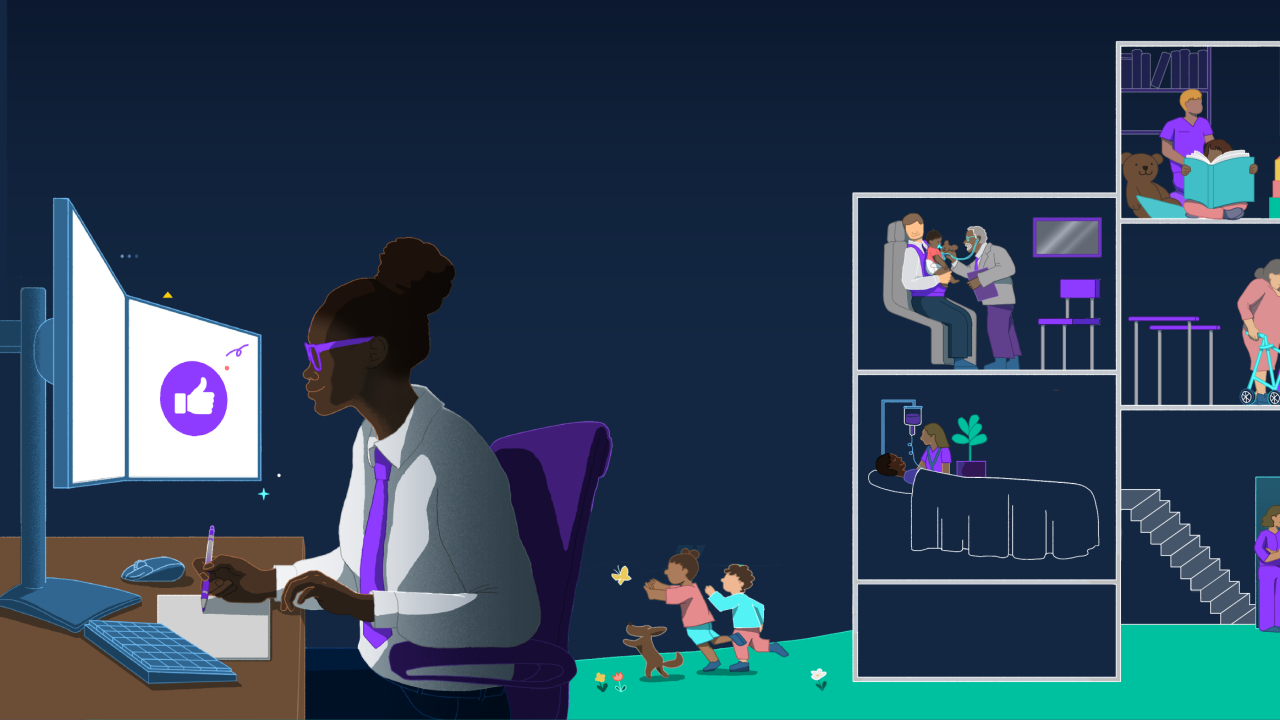It’s no secret that employees are experiencing burnout. In 2021, nearly
Two years into the pandemic, HR benefit leaders are now grappling with not only how to hire and retain employees, but how to make employee health — both mental and physical wellness — a priority. Questions that cross both of our minds are: How can I work with my HR and benefits team to get rid of the looming Zoom fatigue? How do we create a supportive culture so that our employees feel engaged, empowered, and not burnout? These questions and decisions we have to make are causing us to push other concerns that used to be top of mind to the back burner. Such concerns include: What is the best healthcare coverage for my workforce? What kinds of benefits do my employees need or could benefit from?
Read more:
Regardless of the nature of your company, it is so important to think through how we can streamline the employee benefits experience for both employers and their workers. The entire healthcare coverage experience is so much more complicated today — remember when the only question presented to workers was which HMO plan would you like? Now, workers have a suite of options to choose from in their employer-sponsored coverage.
When it comes to virtual solutions that help people manage their conditions, telehealth was typically the only must-offer benefit for employees, and it was primarily used to replace urgent care visits. Now the range of digital health benefits seems infinite. There is a solution for every unique health need an employee might face. On top of that, the definition of telehealth itself has broadened. A
This era of limitless virtual options calls for a total shift in how we think about healthcare delivery for employees. The era of telehealth is table stakes — but now employers should be thinking about comprehensive virtual care that is scalable and cost-effective. As health tech companies look to innovate and provide solutions to employers, we have to think about their bottom lines; how do we provide a benefit that is personalized and has unlimited reach and won’t bankrupt them? One answer for employers is unlimited text-message based counseling, infinitely scalable when powered by AI.
Read more:
Over the past two years, employees have become accustomed to the convenience factor of remote and virtual work. The same should go for healthcare. Take, for instance, an employee at 1 AM on a Saturday night who is feeling stressed — they can have a four-minute guided meditation session or cognitive behavioral therapy texting session with their virtual healthcare coach. That’s the power of AI; by using this technology, we can scale solutions to reach so many more people around-the-clock, and for those in-between moments, enabling physicians to practice at the top of their license and mitigate burnout themselves. And if needed, clinical triage can escalate to the right doctor, the right telehealth service, or the right nurse.
For employers and HR professionals considering adopting virtual solutions, like an AI-powered health coach, they should consider how the tool will integrate into their current offerings. How many point solutions can it replace? Is the virtual care solution just for the top 1% of high-acuity workers, or can all employees benefit from it? Other questions that come to mind are: Is it accessible to employees no matter where they live? Is it cost-effective? Can it help drive meaningful engagement and outcomes?
Read more:
By providing employees with tools to empower them in their health, we can create a more productive, less burned out workforce, and one that prioritizes their mental and physical health above all. While there is no single solution to the burnout many employees are feeling, as employers, we can make one area of our employees' lives easier by making healthcare more compassionate and accessible. It's more important than ever before to give employees the resources they need to protect their physical and mental health.






